Traditional Chinese colors come from nature and from the imagination of the ancient Chinese civilization. Traditional Chinese colors pursue the color concept of giving colors according to types and conveying consciousness through colors.
In ancient times in China, there are positive colors and inter colors, with the distinction of respect, and lowly; righteous, and evil. Positive color refers to the color that promote each other, that is, the original color. Ancient primary colors to "Yin Yang Five Phases" doctrine in the five elements, water, fire, wood, metal, and earth, respectively, corresponding to black, red, cyan, white, and yellow as color symbols, known as the five-color system.
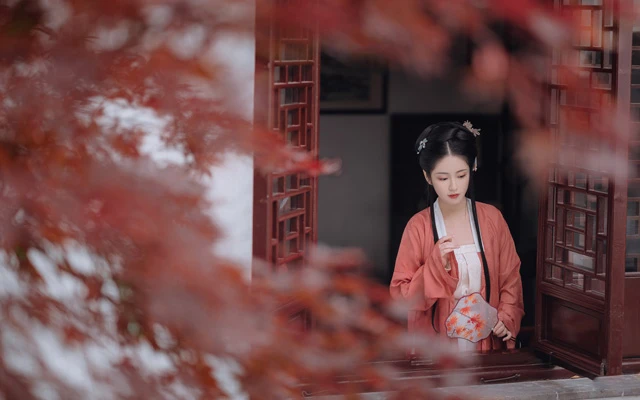
Traditional Chinese clothing colors are also mainly primary colors. With the development of the times, different dynasties revered different colors, and these popular colors also reflected the material and spiritual civilization of their dynasties to a certain extent. Hanfu Shi Dai has compiled a summary of the traditional hanfu color schemes through dynasties, let's explore together.
Han Dynasty
The Han Dynasty was influenced by the Taoist philosophy of Huanglao and Confucianism, and its costumes often pursued the essential beauty of the whole. At the same time, by the previous Qin dynasty, the concept of black was respected, and the color of Han clothing was mainly monochrome, and black was revered. The Han people believed that dark colors were more honorable and light colors were more vulgar.
Therefore, the popular colors of clothing in this period were Xuan, red, green, and white, which were low in brightness. Among them, Xuan was considered the most honorable. The court dress strictly adopted the five primary colors system, with black, red, cyan, white, and yellow as the main colors. And according to the different seasons wear different colors of court dress, namely spring cyan, summer red (Zhu), late summer yellow, autumn white, winter black. In addition, the clothes worn by the people in this period were mainly gray, mostly brown, gray-blue, gray, etc.
Tang Dynasty
The costume culture of the Tang dynasty flourished, with up to twenty different colors of Tulufan silk fabrics alone from the objects excavated during the Tang dynasty. The unprecedented development of its economy, politics, science and technology, military, etc. contributed to the evolution of clothing, and the opening of ideas also made clothing more novel and diverse styles.
The Tang Dynasty clothing style was noble and elegant, with bright and vivid colors, slender and complicated patterns, and bright contrasting colors, showing the inclusive and open characteristics of the Tang Dynasty. The most popular colors were crimson, bright yellow, dark reddish purple, and blue-green. Crimson was the most popular color in the Tang Dynasty, and it was often matched with green, which formed a great contrast. Dark reddish purple has always been the color of the nobility. It is bright, bright, pleasing to the eye, but at the same time noble and elegant, not vulgar, for the noble women of the Tang Dynasty loved, often used in clothing.
Song Dynasty
As another period of high prosperity in ancient China, the popular colors of the Song Dynasty were very different from those of the Tang Dynasty. Influenced by political ideology, the Song Dynasty suppressed people's individuality, and most of the external expressions were the introversion and subtlety of people's character.
Therefore, the Song people's restraint on the color of clothing was also pushed to the extreme, the Song Dynasty clothing color restraint, conservative, elegant, and quiet colors, even the use of the most colorful red, but also mostly light red.
The color of Song Dynasty clothing is characterized by simplicity and elegance, high color brightness, and low purity, emphasizing the coordination of color matching. Therefore, the popular colors of this period were light red, pearl white, light blue, and light yellow.
At the same time, the court dress hierarchy of the Song Dynasty was more obvious. The official uniform wearing system was strict. During the Song Dynasty, officials of the ninth grade and above used cyan; officials of the seventh grade and above used green; officials of the fifth grade and above used vermilion; officials of the third grade and above used purple. At the same time, officials in higher positions were required to hang fish bags decorated with gold and silver to distinguish between high and low with this object.
Ming Dynasty
The Ming Dynasty revered Confucian moral thought, combining the five colors with "benevolence, virtue, and goodness" and making them the primary colors, a symbol of respect and rank. The Ming Dynasty revered the color more colorful, big red, sapphire blue, grape purple, and grass green in the Ming Dynasty more popular.
After the evolution of successive generations, the Ming Dynasty costumes have inherited and developed the clothing styles of Han Dynasty, Song Dynasty, and Tang Dynasty, with distinctive Chinese cultural characteristics, and are a model of Chinese clothing. The overall characteristics of Ming Dynasty costumes are: paying attention to color matching, noble and dignified style, and a strong sense of color layers.
Throughout the millennia, the hanfu color have different characteristics in each era, reflecting the dots of the times and showing the charm of China. Today, although the use of color in modern hanfu is no longer bound to the status influence of ancient China and is no longer restricted by technology, it still follows the principle of color harmony and retains the elegance, dignity, harmony, and ethereal beauty of Chinese costumes.
At the same time, modern hanfu continues to incorporate modern aesthetics and artistic beauty, making it easier for people to accept hanfu and achieve the effect of wearing ancient clothes in a new style.
In life, we commonly see hanfus with fresh and elegant colors and the color characteristics of the times; at the same time, we can also see hanfus that are color-blocking and novel, rich in colors and cutting-edge, in line with the dressing characteristics and aesthetics of modern people.
On the basis of inheriting the traditional hanfu color, modern hanfu continues to develop by combining the aesthetic system, production process and fashion system of modern social life, innovating in the inheritance and inheriting in the innovation.
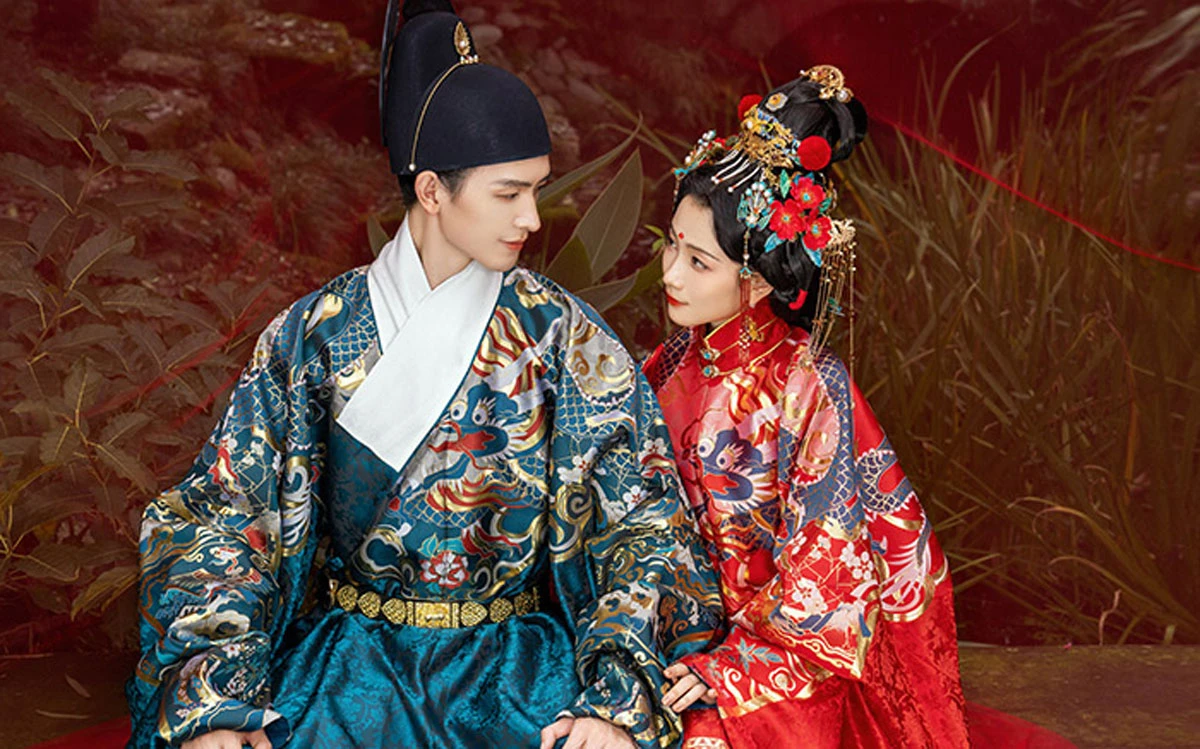
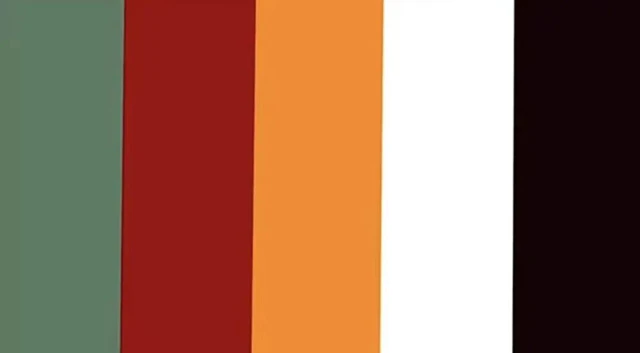
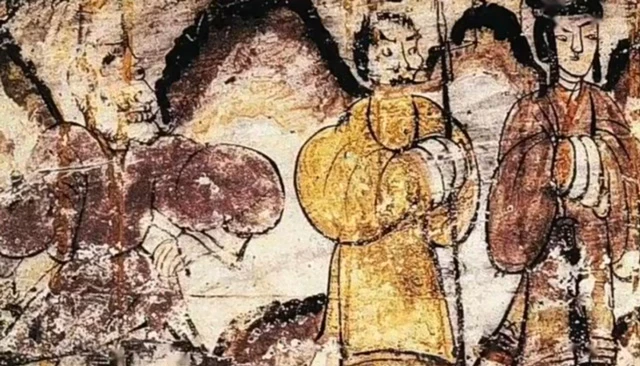
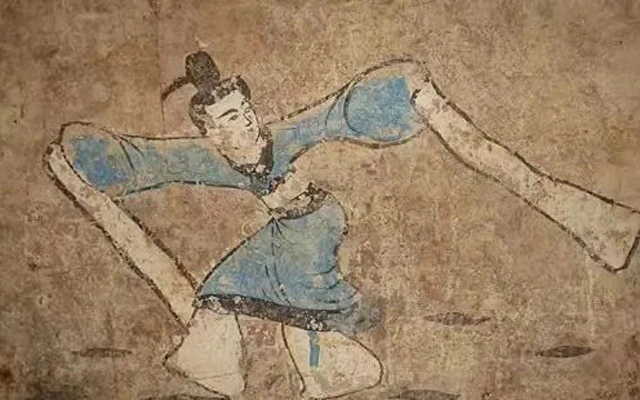


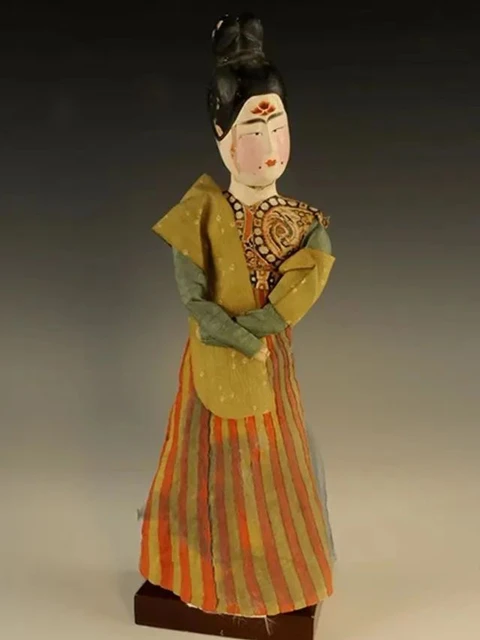

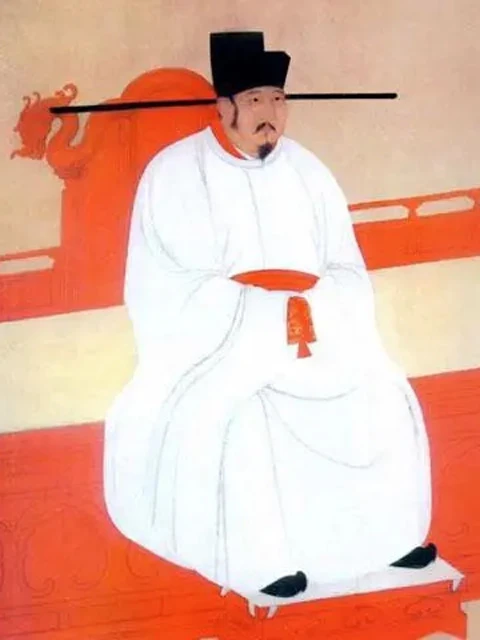
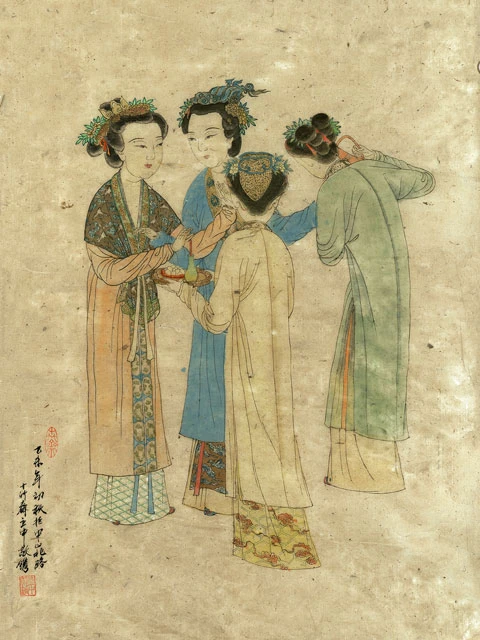
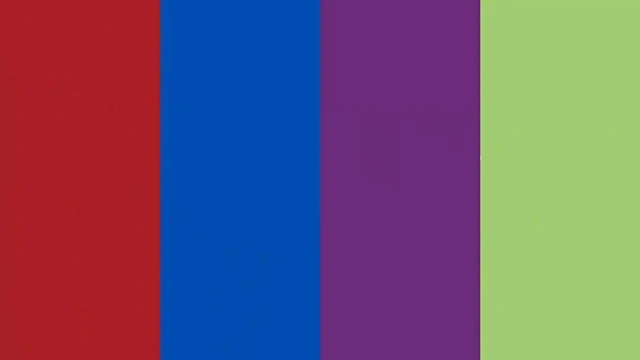

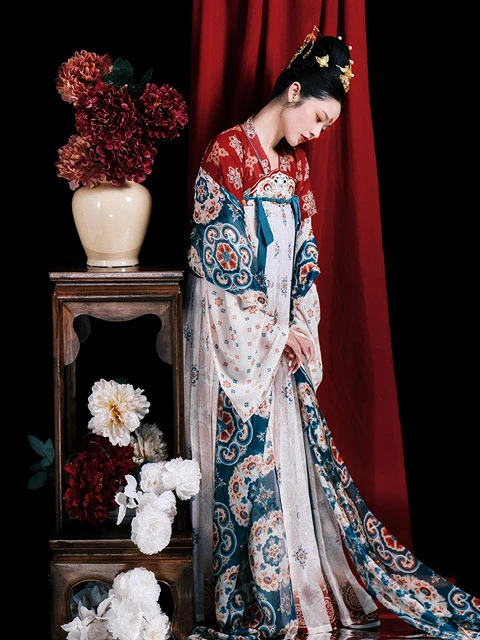
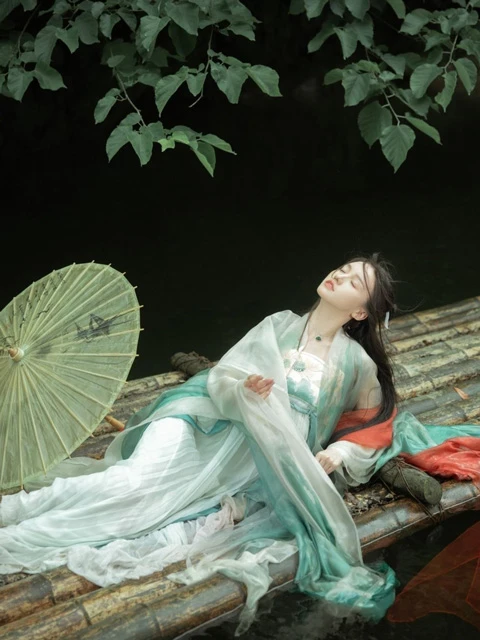


I love all hanfu😍
Thank you for articel
Waw😍